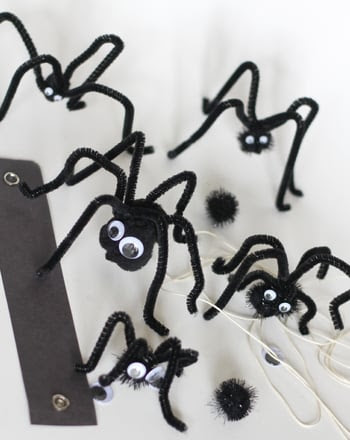The Token Reinforcement System can be very beneficial in the classroom setting. Token Reinforcement System allows for all students to earn tokens for academic work and positive classrooms. Tokens are reinforcers that students earn and students then use the tokens they earn and exchange them for rewards. Some examples of tokens include checks, stars, holes punched in cards and chips. Additionally, some rewards that students can get are small toys, school supplies, free time, positive notes sent home, and time to listen to music. Moreover, a token reinforcement system is used to increase appropriate behaviour and learning aid through using visual aids. Token reinforcement systems can be used to help break down a huge task into smaller, manageable tasks. Furthermore, token reinforcement systems are often used to help teachers to gain instructional control; it can also be used to teach self-monitoring skills and delay gratification.

As a future teacher, there are many things to consider when implementing a token reinforcement system. One thing to consider is to pick target behaviour that is incompatible with negative behaviours. Target behaviours can be based on academics, such as completing class work and reading quietly when prompted. It should be noted that target behaviours cannot be done while doing negative behaviours. Another thing to consider when implementing a token reinforcement system is to have a variety of reinforcers. Teachers need to include rewards that are motivating to a variety of students. Token reinforcement system will not work if all of the rewards are similar.
Another thing to consider when implementing a token reinforcement system is to have a plan for fading. To elaborate further, the token reinforcement system will not work if it is the same. Teachers might consider lengthening the time between when teachers buy the rewards. Moreover, teachers might also consider beginning to gradually give out less tokens. As a future teacher should note, the token reinforcement system should only be used to motivate students who are completely uninterested in their work and have not responded to other approaches. In addition, token reinforcement systems should encourage students who have consistently failed to make academic progress and to deal with a class that is out of control.


Drawing on my experiences, I had a teacher who implemented a points system - where I received points when I was actively participating in class, completing my classwork and homework. Additionally, I also lost points whenever I forgot to complete my homework or if I accidentally left my homework at home. At the end of each week, the amount of points earned, translated into how much play money I got; and with the play money I earned - I can use the play money to redeem prizes, such as school supplies, a pass to use the school gym during lunch recess, food, etc.
Catherine L@NU
























